
The long-awaited order comes at a crucial time, as countries around the world race to harness the potential of artificial intelligence (AI) .
The executive order covers a wide range of issues, from intellectual property rights to improving privacy, aiming to create a balanced and progressive strategy for the development and deployment of AI. It also addresses labor and immigration, recognizing the multifaceted impact of AI on the social fabric.
Patent and copyright protection
In an effort to promote legal innovation, the executive order gives the United States Patent and Trademark Office (USPTO) specific guidelines regarding AI patents.
The USPTO will be responsible for educating both patent examiners and applicants on how to use AI. This is expected to streamline the patent process, ensuring that inventors have a transparent path to protecting their inventions.
The order also delves into the use of copyrighted works to train AI algorithms — an area that requires clear legal frameworks to foster development and ensure fairness.
Improve privacy and information security
The order encourages federal companies to adopt enhanced privacy measures to protect the information they collect, emphasizing the importance of privacy as a foundation for trust in AI applications.
The US National Science Foundation (NSF) is tasked with funding a new research program aimed at designing, developing, and deploying privacy technology for federal agencies.
By enhancing research and improving technologies, the order is expected to form a solid framework so that information security and AI innovation can grow together.
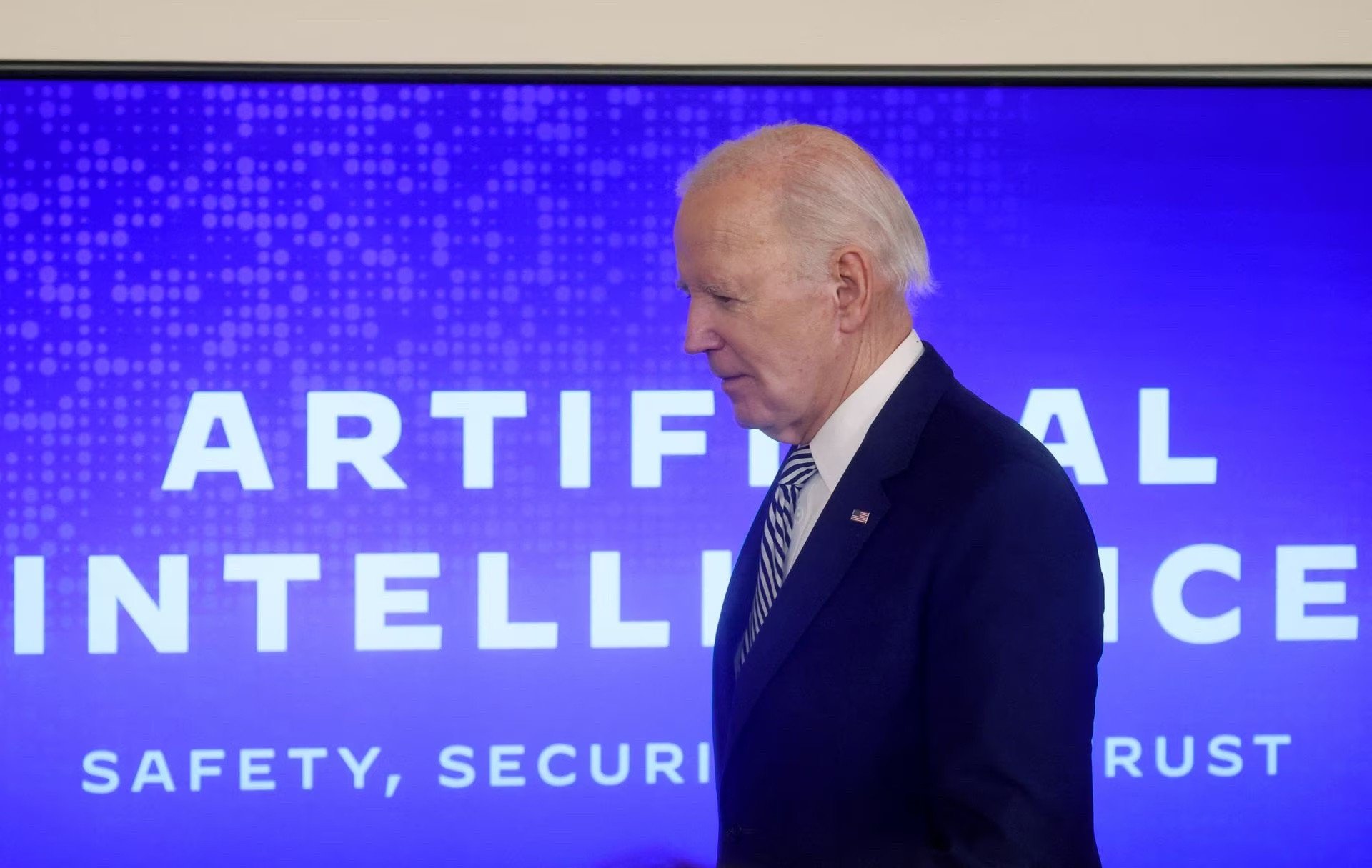
Regulations on the use of AI in the labor sector
As AI continues to permeate many industries, its impact on the workforce is clear. One of the core issues highlighted in the executive order is the potential for excessive employee surveillance through the application of AI technology.
The consequences of invasive AI surveillance not only erode trust, but also create a negative work environment. Therefore, the order emphasizes that AI deployments must not be directed toward excessive surveillance of workers.
The order sends a clear message about putting workers at the heart of AI-related protections.
The U.S. Bureau of Labor Statistics (USBLS) is tasked with compiling research on the labor market outcomes of AI and reviewing federal agencies’ ability to support workers affected by AI. This ensures that as AI technology advances, the rights and well-being of the workforce remain a top priority.
Immigration law reform to develop AI
The development of AI is a fierce technological battle to secure a national advantage. The executive order sets out directives to attract highly skilled immigrants to contribute to the US AI sector.
This includes fully assessing and simplifying visa procedures for immigrants with skills in AI or other critical applied technologies.
The order requires US agencies and organizations to conduct overseas campaigns to promote US talent attraction policies in the field of AI technology and other emerging applied sciences.
Boosting the semiconductor manufacturing industry
The semiconductor industry is the backbone of AI development, providing the critical hardware that powers AI algorithms.
The decree outlines measures to boost semiconductor manufacturing, particularly issues related to competition, and promote national players in the semiconductor ecosystem.
The order requires the US Commerce Department to ensure that small semiconductor companies are attracted to the National Center of Semiconductor Expertise – a new research consortium.
The initiative will receive significant funding from the $11 billion in total grants provided under the Science and CHIPS Act of 2022.
The order also outlines consultation programs to expand the chip business and workforce development packages.
These measures would create a vibrant and dynamic semiconductor sector, which is essential to America's AI ambitions.
Initiatives on schools, housing and telecommunications
The executive order has expanded its reach to a variety of areas, reflecting the far-reaching impact of AI. In the education sector, an “AI toolkit” will be developed to help implement recommendations for using AI in the classroom, thereby exploiting the potential of AI to complement the field.
In the housing sector, the order addresses the risks of discrimination using AI, creates barriers in lending and housing regulations, and prevents discrimination in digital advertising using AI.
The order provides guidance on the use of AI to combat unwanted robocalls and robotexts, as well as its potential in the future deployment of 5G and 6G technology . The aim is to leverage AI to enhance the capabilities of communications networks – critical infrastructure in today’s digital world.
President Biden's executive order clearly goes beyond simply addressing technological development, and sets a balanced trajectory for AI development.
The emphasis on privacy and information security demonstrates the importance of trust and ethics in AI development.
By creating an ecosystem conducive to AI innovation, the order forms a solid framework for the US to guide the development of AI around the world.
(according to Aifortech)
Source






![[Photo] Hanoi morning of October 1: Prolonged flooding, people wade to work](https://vphoto.vietnam.vn/thumb/1200x675/vietnam/resource/IMAGE/2025/10/1/189be28938e3493fa26b2938efa2059e)








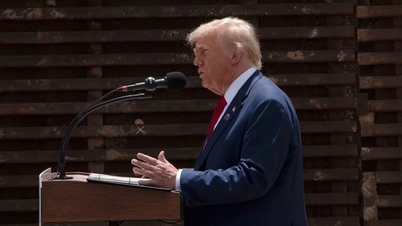
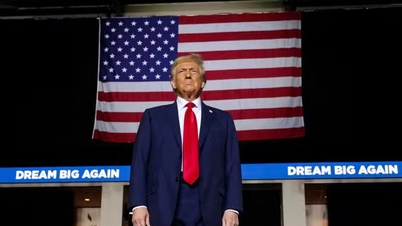


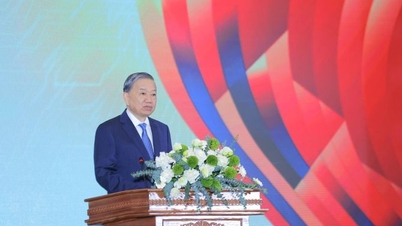

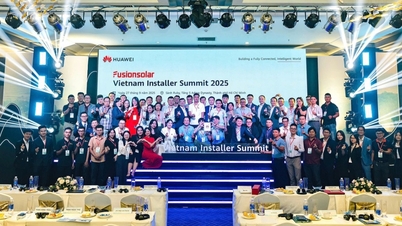















![[Photo] President Luong Cuong receives President of the Cuban National Assembly Esteban Lazo Hernandez](https://vphoto.vietnam.vn/thumb/1200x675/vietnam/resource/IMAGE/2025/9/30/4d38932911c24f6ea1936252bd5427fa)
![[Photo] Panorama of the cable-stayed bridge, the final bottleneck of the Ben Luc-Long Thanh expressway](https://vphoto.vietnam.vn/thumb/1200x675/vietnam/resource/IMAGE/2025/9/30/391fdf21025541d6b2f092e49a17243f)






















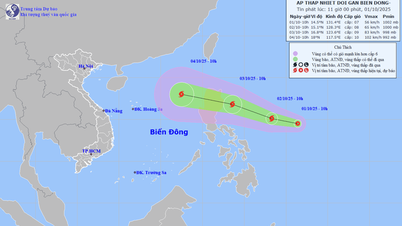

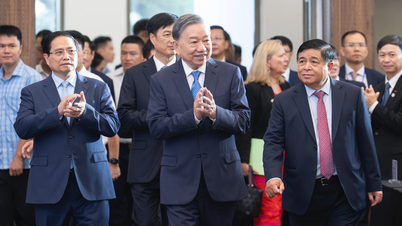





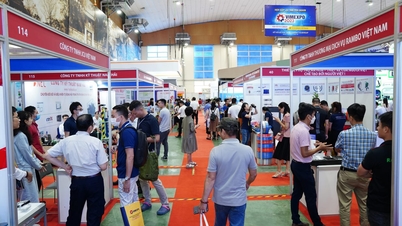






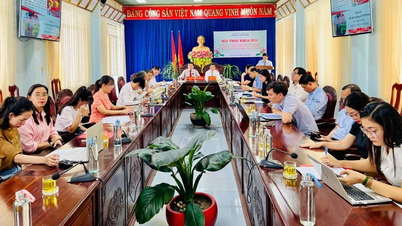



















Comment (0)